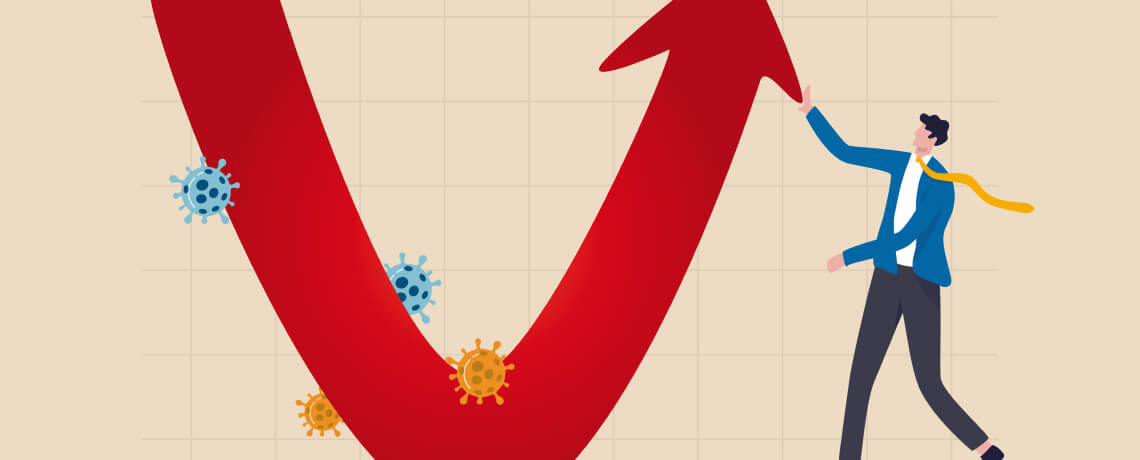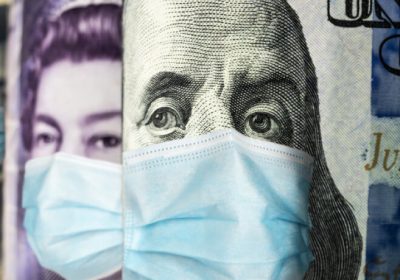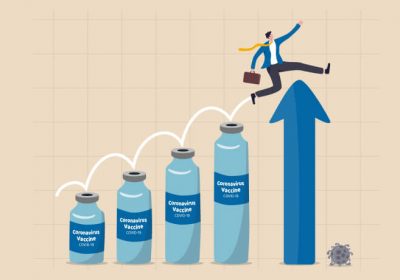
- Author: Stephen Koukoulas
- Posted: October 11, 2020
How strong will the recovery be?
By Stephen Koukoulas
The Australian economy remains problematic, although there is some emerging optimism with Victoria poised to ease its strict lock-down restrictions during November and December. This, in concert with interstate borders also opening, is sparking some relative optimism about an economic recovery over summer and into 2021.
The hard economic news is, however, mixed with some disappointing news on jobs emerging in the aftermath of the winding back of JobKeeper payments at the end of September.
According to the payrolls data, the number of payrolls fell 0.9 per cent in the two weeks to 3 October, bringing the level of payroll employment back to those prevailing in June and July. The disconcerting element of this result was the broadly based decline – every state and territory registered a fall in payrolls of between 0.7 and 1.2 per cent.
The retail trade data are also showing signs of fatigue, with sales down 1.5 per cent in September after a 4.0 per cent fall in August. Like the payrolls data, there was a ‘topping out’ of sales in all States. Several of the Big 4 banks are producing estimates of consumer spending based on their card and cash transfers data and these suggest that consumer spending has been broadly flat into the middle of October.
Encouragingly, consumer sentiment has been buoyant with householders reacting favourably to the October budget, low interest rates and the loosening of COVID-19 restrictions. A rise in the stock market may also be feeding into more positive sentiment. If this lift in sentiment is sustained, it bodes well for consumer spending over the medium term, notwithstanding the weakness in wages growth and relatively high unemployment.
House prices and mortgage finance have been buoyant in recent months. Much of the price strength, according to Corelogic, has been in regional centres and Canberra, Adelaide, Brisbane and Hobart. Melbourne house prices are falling at a moderate pace and are broadly flat in Sydney and Perth. This is in line with strength in housing finance which has been strongest for owner-occupiers and first home buyers.
Low interest rates are impacting housing demand, although there are concerns about the durability of housing over the medium term when low levels of immigration will undermine structural demand for new dwellings.
The recent Federal budget confirmed a massive stimulus to the economy with record increases in government spending and record peace-time budget deficits.
After a 13.4 per cent increase in 2019-20, real government spending is budgeted to rise a record 22.6 per cent in 2020-21. This unprecedented degree of fiscal stimulus includes the JobKeeper and JobSeeker programs as well as a raft of other measures including higher infrastructure spending, one-off payments to pensioners and carers, regional assistance among many items.
That said, the ending of JobKeeper in March 2021 will see a 17.5 per cent fall in real government spending in 2021-22 which the government is expecting to be ‘replaced’ with a recovery in private sector demand. This will be a vital element of the economic roadmap in the year ahead.
On interest rates, the RBA is now widely expected to further ease monetary policy in the near term. This is seen to be in the form of a cut to the official cash rate and 3 year bond yield target to 0.1 per cent, buying bonds further along the yield curve and increasing its term funding facility. At this stage, the RBA has ruled out cutting interest rates to below zero per cent, but given the ongoing low inflation environment and only moderate pace of recovery, there is a growing risk of negative interest rates early in 2021.
The Australian dollar has dipped in anticipation of the move to easier monetary policy, and is now trading around 71 US cents from levels above 73 US cents a month ago. Foreign exchange markets have been relatively calm notwithstanding some key issues such as the US election, resurgence in COVID-19 globally and easy monetary policy from most central banks around the globe.
The ASX has continued to move higher over the past month reaching multi-month highs. The drivers remain easy monetary policy and an anticipation of an economic recovery. The ASX200 has risen by around 5 per cent since the end of September.
There is a lot of uncertainty surrounding the outlook with Treasury and the RBA still banking on a recovery in private sector demand over the next 12 months. That said, even the optimistic recovery path has economic output below end 2019 levels at the end of 2021 and for the unemployment rate to be around 6.5 per cent at that time. This scenario suggests economic policy will remain easy for some considerable time, even as the economy opens up and we all learn to live in a world with COVID-19 constraints.








